How to Differentiate the sex of snakes

PHOTO: Snake Discovery
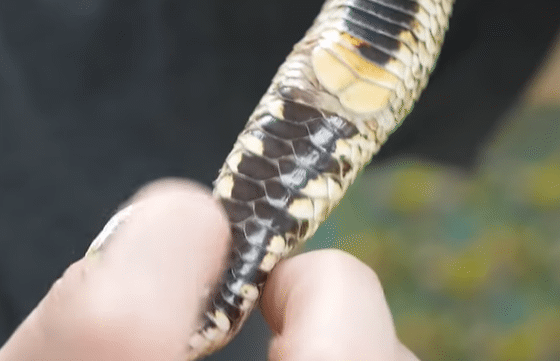
PHOTO: Snake Discovery
Snake owners sometimes need to determine the sex of their snake, but unlike many other animals, distinguishing between male and female snakes can be challenging. On the surface, male and female snakes look quite similar. However, with some experience, you can learn to differentiate between them.
The following methods for sexing snakes should be performed by experienced handlers or veterinary professionals. If you're new to snake care and want to determine your snake's sex, seek out an experienced reptile keeper or veterinarian to demonstrate these techniques. Incorrect handling can harm the snake.
Tail Characteristics
Male snakes have a pair of tube-shaped hemipenes (sex organs) that are typically housed inside their tails. These hemipenes are essentially two small penises that remain concealed within the tail. Female snakes lack hemipenes.
The hemipenes are positioned just below the cloacal (vent) opening and extend along the tail on either side of the snake's midline. Though these organs are internal, you can sometimes detect them by examining the tail's shape and length.
Males generally have a tail (the portion extending from the cloacal opening) that is thicker and longer compared to females. Additionally, the male tail tapers abruptly from thick to thin towards the tip. In contrast, female snakes have thinner, shorter tails that taper evenly to the tip.
While these differences can be noticeable when comparing a male and female side by side, it’s more challenging to sex a snake without a comparison. Therefore, more precise methods are often used.
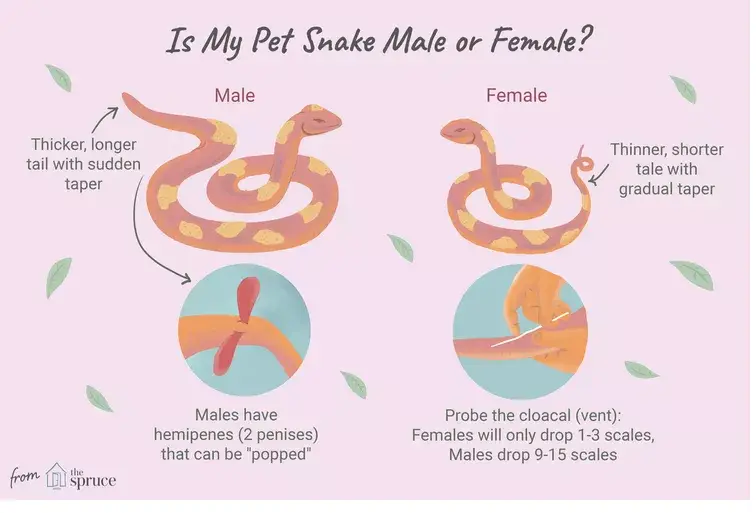
PHOTO: https://www.thesprucepets.com
Probing
Probing involves inserting a thin metal rod (a snake probe) into the snake’s cloacal vent while it is awake. This probe can be inserted deeper in males due to the presence of hemipenes on either side of the vent. The probe will enter one of these spaces and extend towards the tip of the tail.
In females, the probe will not extend far into the vent because there is no space for it to travel towards the tail's tip, only small scent gland spaces are present.
To visualize, think of the hemipenes as two long socks inside the male snake’s tail that open at the vent. When the lubricated probe is inserted, it will slide towards one of these hemipenes in males, but will only enter one to three scales deep in females.
For males, the probe typically goes nine to fifteen scales deep. This difference becomes more pronounced in larger snakes, where the probe enters a more distinct pocket.
Probing should be done with care, using the right-sized probes and ideally with assistance to keep the snake still. If you’re unsure of how to perform this procedure safely, it’s best not to attempt it.
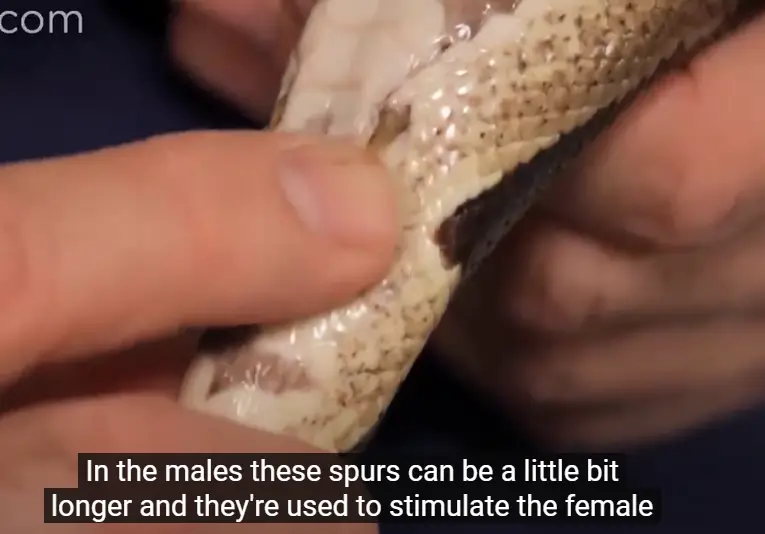
PHOTO: Howcast/Snake Discovery
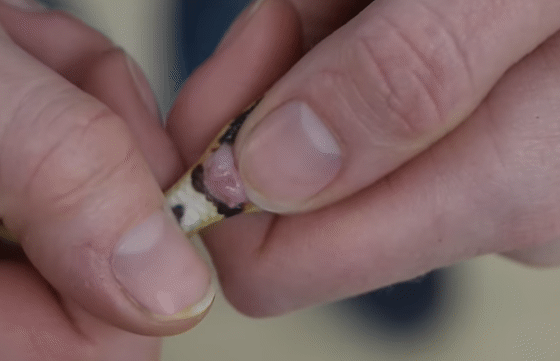
PHOTO: Howcast/Snake Discovery
Probing
Probing involves inserting a thin metal rod (a snake probe) into the snake’s cloacal vent while it is awake. This probe can be inserted deeper in males due to the presence of hemipenes on either side of the vent. The probe will enter one of these spaces and extend towards the tip of the tail.
In females, the probe will not extend far into the vent because there is no space for it to travel towards the tail's tip, only small scent gland spaces are present.
To visualize, think of the hemipenes as two long socks inside the male snake’s tail that open at the vent. When the lubricated probe is inserted, it will slide towards one of these hemipenes in males, but will only enter one to three scales deep in females.
For males, the probe typically goes nine to fifteen scales deep. This difference becomes more pronounced in larger snakes, where the probe enters a more distinct pocket.
Probing should be done with care, using the right-sized probes and ideally with assistance to keep the snake still. If you’re unsure of how to perform this procedure safely, it’s best not to attempt it.
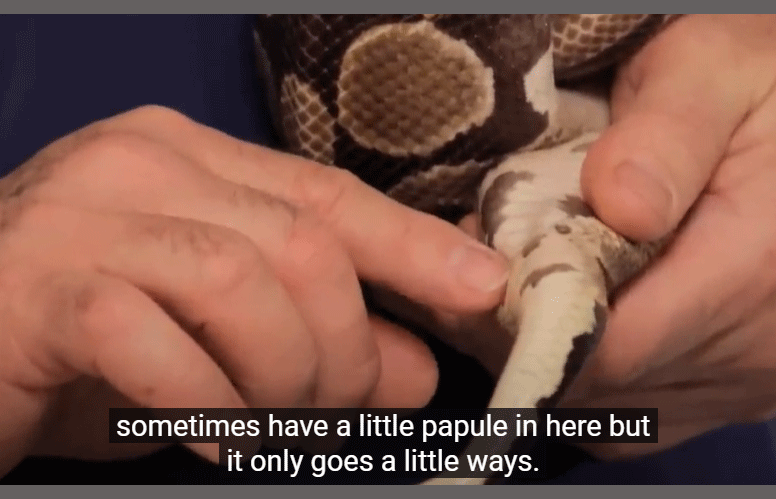
PHOTO: Howcast/Snake Discovery
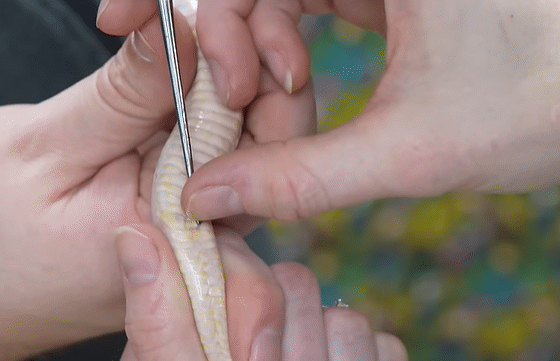
PHOTO: Howcast/Snake Discovery
Popping Hemipenes
The term "popping" hemipenes might sound alarming, but it refers to temporarily everting them so they are visible outside the tail (similar to a hemipenis prolapse). This involves gently pressing below the vent where the hemipenis would emerge. If done correctly, the hemipenis will protrude.
This technique is usually reserved for smaller snakes like ball pythons and can be traumatic if not done correctly. It is generally not the preferred method for determining sex, as it is difficult to perform and may not clearly indicate whether a snake is male or female.

